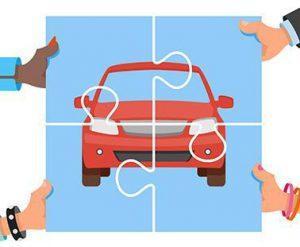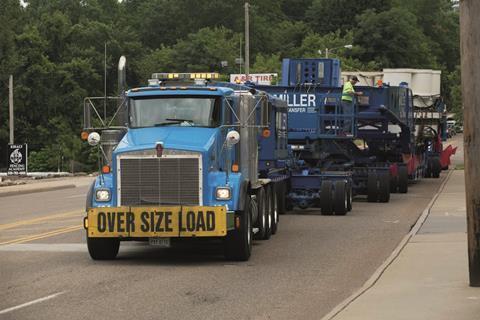By Joe Doerr
In the first installment of this series, I gave an introduction to telematics, explained the link between telematics and CSA, and showed how telematics could have an immediate impact on Unsafe Driving and Hours of Service – two Federal Motor Carrier Safety Administration (FMCSA) Behavior Analysis and Safety Improvement Categories (BASICs).
In part two, I recapped the state of telematics and introduced you to a few more of the benefits of telematics, including NBIS’s newly launched, one-of-a-kind telematics solution. In part three, I’ll be touching on how telematics can provide assistance in the event of an insurance claim.
Reporting
As you probably know, how fast you report an insurance claim matters. Getting the appropriate information to the insurance company as soon as possible gives the insurer the ability to start taking the actions needed to best manage a claim, which often leads to reduced costs and better outcomes.

Telematics gives insurers the ability to identify when an accident occurs – as soon as it occurs – allowing the claims team to start triaging the claim much earlier than ever before.
Using the vehicle behavior information that’s collected by telematics technology, including speed, hard breaking patterns and location, algorithms identify when an accident has occurred and stores critical data for further analysis.
If an actual crash has been detected, notification is quickly sent over to the claims team and the insurer receives a crash dossier detailing relevant crash and policy data, allowing the claim process to begin immediately.
Claims investigation
Commercial auto claims pose unique challenges due to the fact that first responders have to clean up an accident and get the road opened as quickly as possible. Often, critical data is lost before the insurance company has an opportunity to begin investigating. Telematics changes this.
Regardless of fault, the information collected can help determine causation factors related to the crash, which helps determine the direction an investigation will take and how best to protect the policyholder. When you have the ability to pair data, accident scene photos and driver feedback, the adjuster handling theclaim can make better fact-based decisions when deciding how to proceed. The information can also be used in accident-reconstruction efforts, injury assessments and repair estimates.
Fraud and theft
Telematics can also help detect fraud for injuries that appear to have been caused by your vehicle and driver. Having the ability to determine if your vehicle was even at the accident location at the time of an alleged incident can rule out liability early on. Having data that captures the impact and type of collision can help in determining whether or not the injury could have been caused by the accident in the first place.
Finally, telematics can be helpful in vehicle retrieval efforts. Telematics can assist in locating stolen vehicles in the critical early hours when the vehicle may still be in the geographical area.

This provides huge benefits as it gives both the insurers and policyholders the possibility of retrieving the stolen vehicle before major damage is caused or the vehicle is lost for good.
Remember, the benefits of telematics are substantial, but you only get them if you analyze and react to the data you’re collecting. Understand your data. Don’t leave it to the plaintiff counsel to show you just how valuable it is.
For more information on telematics systems and how to put them to work for you, or for questions regarding NBIS’s Fleet Insight, contact Joe Doerr or another NBIS risk management specialist today at 1.877.860.RMSS (7677).
Critical telematics take-aways
- Telematics gives insurers the ability to triage the claim earlier and more effectively.
- Telematics offers a wealth of data that your insurer can use to analyze the claim quickly and more efficiently.
- Telematics can help determine accurate causation factors which can help protect the policyholder.
- Telematics can detect fraud on a number of fronts.
- Telematics can help with vehicle retrieval.















